|
*This post contains affiliate links. I receive small commissions for purchases made through these links at no extra cost to you. These commissions help me keep this site up and running, in order for me to keep providing helpful and inspiring art content. :) What's the actual reason behind swatching watercolor paint (aside from the satisfaction of laying pretty colors down on paper)? What specific things should we be looking for when testing out a new watercolor paint set, besides differences in color? What are the different variables that may affect watercolors' behavior and their final appearance? In this blog post, I'm going to explain the most important characteristics that you should start taking note of when it comes to watercolor paint. By understanding these different aspects and how they vary from pigment to pigment, you'll be able to make more informed choices when it comes to picking your color palettes/schemes for your paintings, which will make everything go a lot smoother. I'll also walk you through my own personal method for swatching out a new paint set and share why I like testing my paints on two different types of paper. It's very useful to explore a new paint set before actually attempting to create a painting with it. This is especially the case when it comes to watercolors, as this painting medium's inherent characteristics make it tricky to use. For one, watercolors are translucent, which means we can't simply cover up our mistakes like we can when working with acrylics or oils. Secondly, due to their water-soluble properties, they tend to have a mind of their own. Finally (and something that was very hard for me to wrap my head around in the beginning), behaviors and effects can vary greatly from pigment to pigment, even within a set manufactured by the same company. There are also many external factors that can affect our watercolor painting process and the final outcome of a piece, such as how clean our water is, what kind of paper is used, and even the temperature of the room we're working in! Always remember that, as artists, we have to learn to embrace the exploration process. It may seem like a waste of time and resources when we're just starting out, but these smaller studies give us confidence and allow us to find ourselves as artists, so that we're then able to create more effective finalized works. If you're a beginner just starting out with watercolors, I highly recommend checking out my two-parter series on YouTube titled 10 Common Watercolor Mistakes. You'll find part 1 here and part 2 here. By avoiding these common beginner mistakes, you'll be able to make faster progress. Let's get to the swatching!
If you enjoyed this video and found it helpful, make sure to subscribe to my YouTube channel. I share a brand new video every week with art tips, drawing and painting tutorials and mindset/productivity tips for artists. *Subscribe HERE*
There is no right or wrong way to test out a new watercolor paint set. The whole point of swatching and testing out colors is for you, the artist, to have a better understanding of different color behaviors. This way, you'll be able to select the colors you like best depending on the particular subject you paint, your personal techniques and the overall effects you're going for. If you're just starting out and haven't found your style, no problem! As your artistic journey progresses, you'll discover your own way of working and the specific paint qualities that are important for you. Later on, you'll be able to modify your swatching process to whatever fits you best and perhaps leave out aspects that aren't as important.
|
Find a list of my favorite art supplies and books here.
I hope you enjoyed this post and learned something new, or got inspired to go and create something for yourself.
I wish you tons of progress and enjoyment in your artistic journey!
I like what you said about using swatches to find how easily a watercolor paint will expand when dropped on paper. My sister has been telling me about how she wants to do more art in the coming months. I'll share this information with her so that she can look into her options for swatches that can help her with this.
Hi, Dyaln!
Thanks so much for checking out this blog post and also for sharing with your sister!
I wish her tons of progress and enjoyment in her journey with watercolors.
Have a lovely day,
Erika
I am thankful that this post pointed out that it is important for us to learn swatches when we do watercoloring. It makes sense as it will impact the outcome of the painting. Assuming that I need to learn how to watercolour, I will look for online courses.
Hi, Kristofer!
I'm glad you found this post helpful.
I wish you tons of enjoyment as you move forward in your journey with watercolor.
Take good care and thanks for reading!
Leave a Reply.
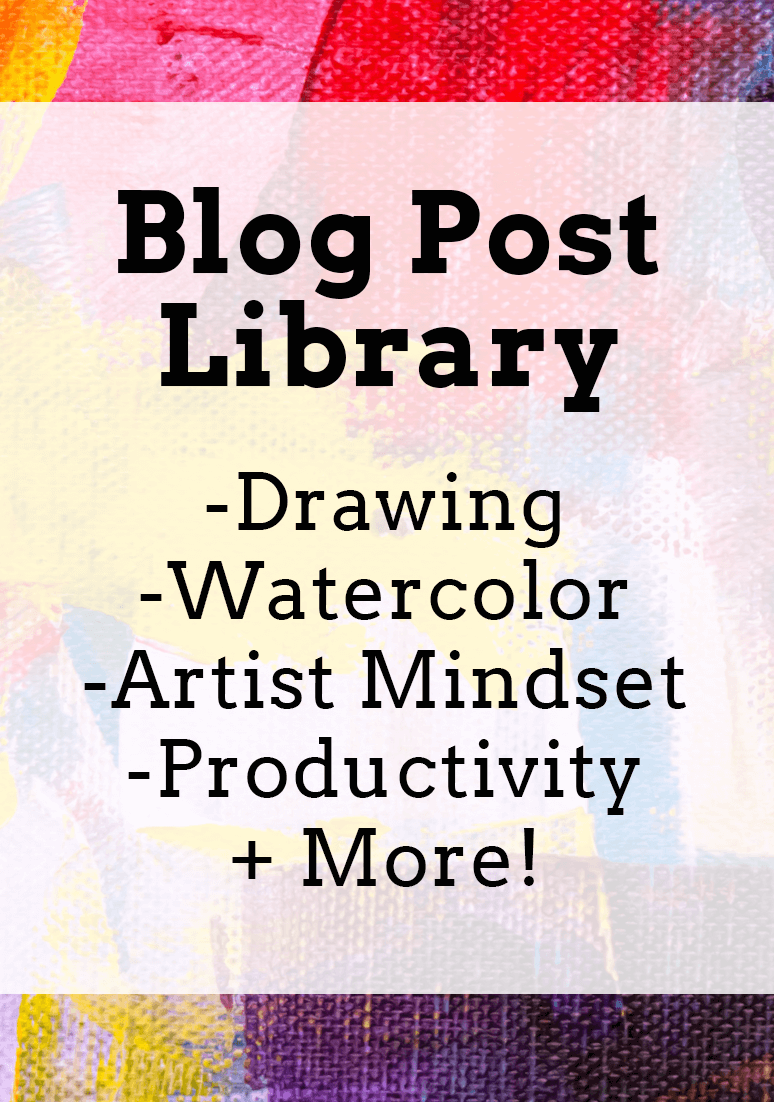
is a participant in the Amazon Services LLC Associates Program, an affiliate advertising program designed to provide a means for sites
to earn advertising fees by advertising and linking to amazon.com.
www.erikalancaster.com
is a participant in the Shareasale.com Affiliate Program, an affiliate advertising program designed to provide a means for sites to earn advertising fees by advertising and linking to Shareasale.com partner companies.

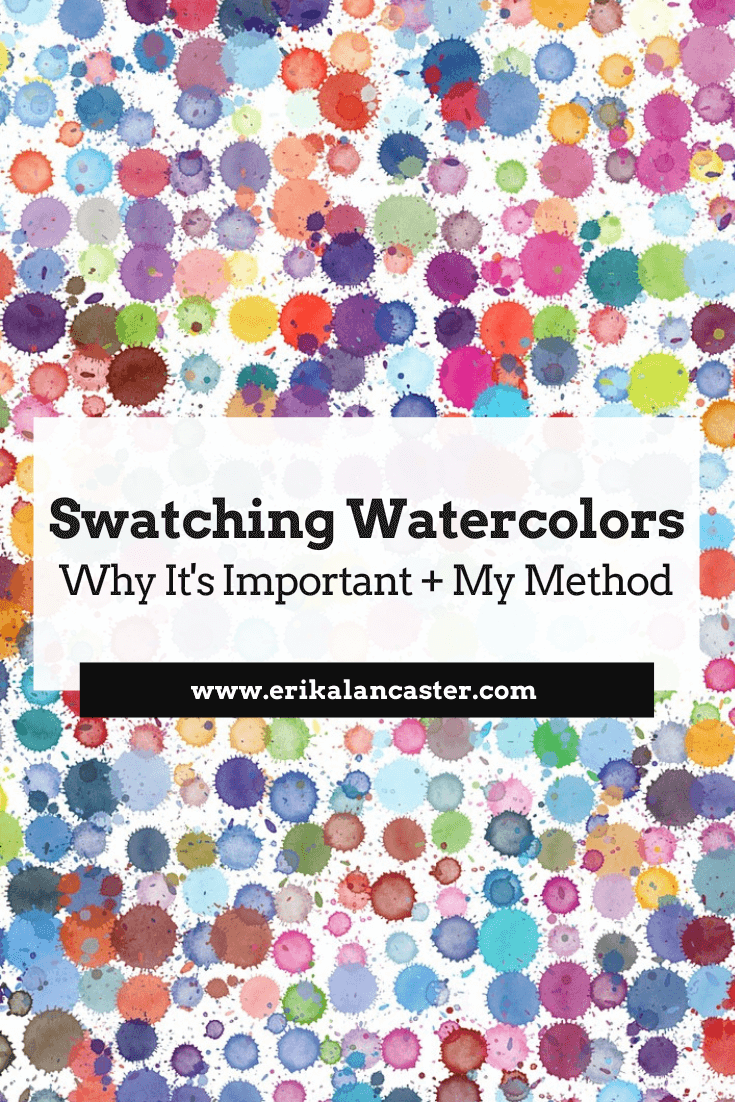

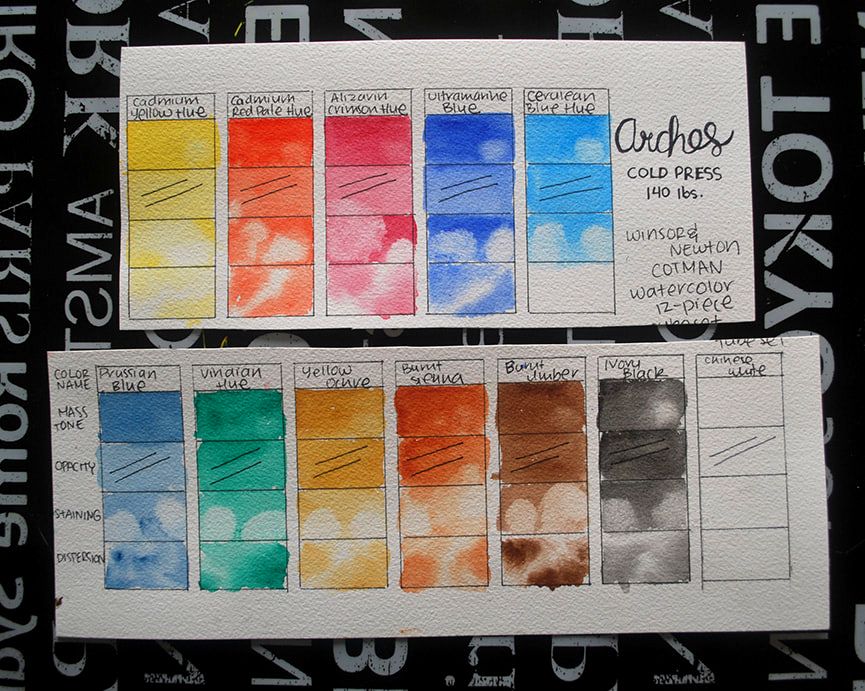
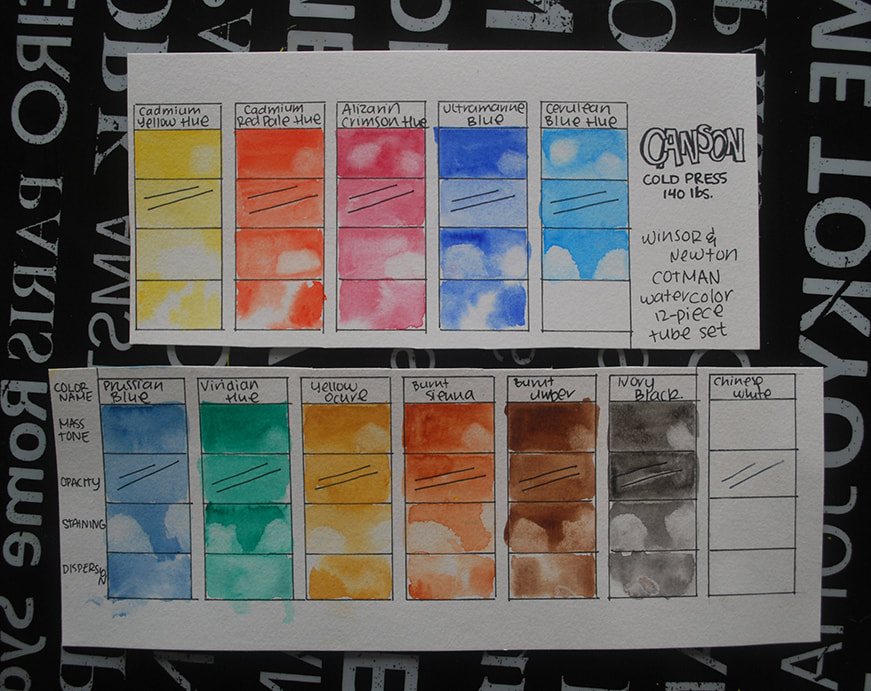
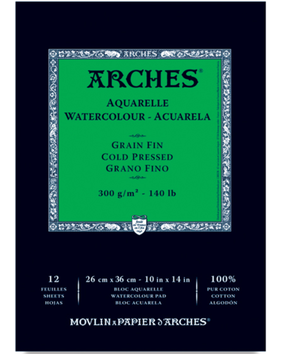
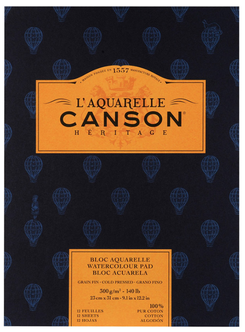
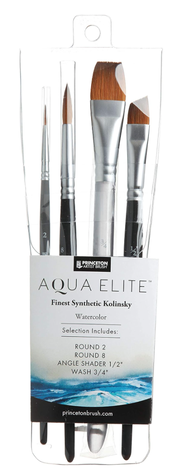
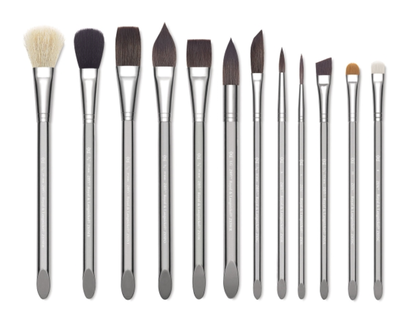
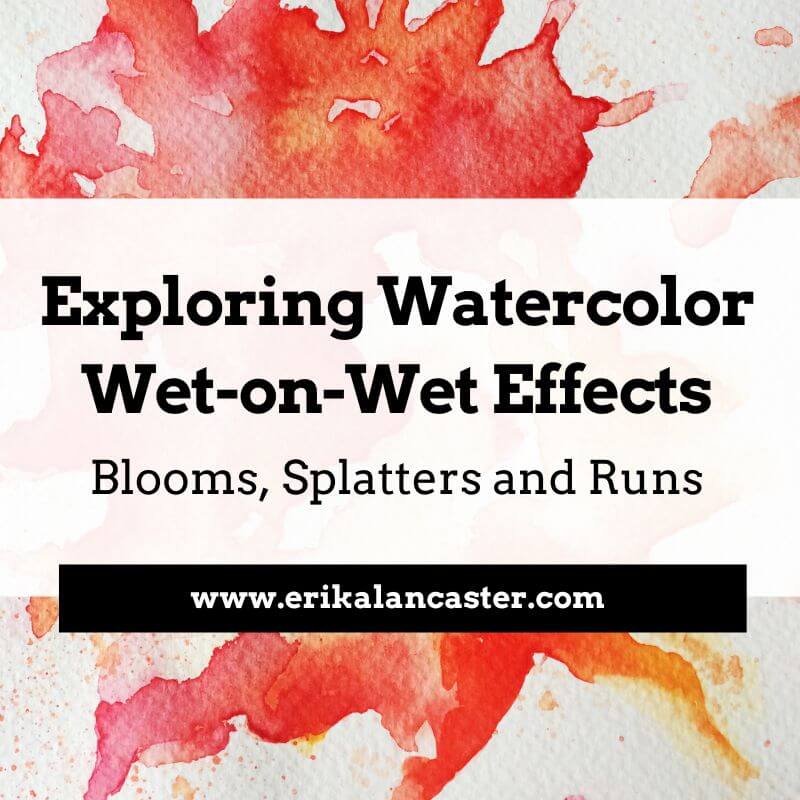

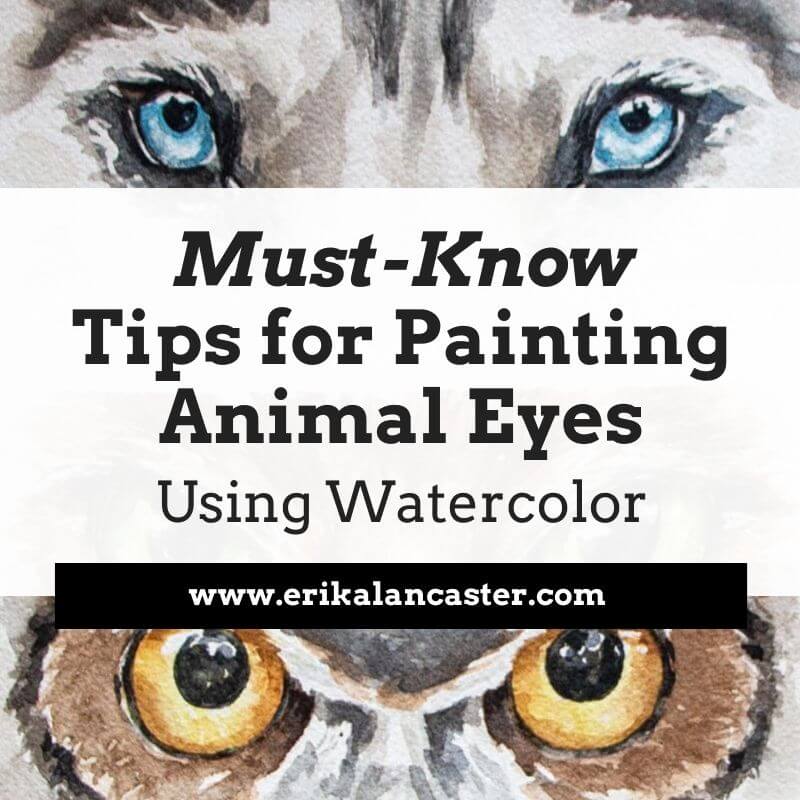




 RSS Feed
RSS Feed

